Ep. 209 | The History of the Jewish Refugees in China (Part 2)
With the story of the Harbin Jews mostly out of the way, Laszlo moves on to the smaller and less known Jewish community of Tianjin. Then as the 1930s unfolds and after Hitler came to power, our story shifts to the European Jews. In this episode, we’ll look at the events leading up to Kristallnacht in November 1938.
Listen On Your Favorite Podcast Player
Terms in Episode
| Pinyin or Yiddish Term | Chinese | English/Meaning |
|---|---|---|
| Ashkenazi | 阿什肯納茲猶太人 | The Jews who ended up in Europe (but not Spain) |
| Babaoshan Cemetery (Bābǎoshān Gémìng Gōngmù) | 八宝山革命公墓 | Cemetery in Beijing reserved for China's greatest and most celebrated revolutionary heroes. |
| Baruch HaShem | 感谢上帝 | Thank God |
| Běidàihé | 北戴河 | Beach town in northern Hebei. Site of annual meetings of all CCP big wigs |
| Gǔzhēng | 古筝 | A 21-stringed ancient China instrument most often compared to a zither. |
| Harbin (Hå'ěrbīn) | 哈尔滨 | Heilongjiang capital and major city in Manchuria |
| Hóngkǒu District | 虹口区 | District in the north part of Shanghai, controlled by Japan during the war |
| Manchukuo (Mǎnzhōuguó) | 满洲国 | Japanese puppet state in Manchuria 1932-1945 |
| Mizrahi | 米兹拉希犹太人 | Descendants of the Middle Eastern Jews |
| Sephardic / Sephardim | 塞法迪犹太人 | Jews who originally came from Spain but at one time all MIddle Eastern, North African and Spanish Jews were grouped with the Sephardic Jews. |
| Tiānjìn | 天津 | Port City an hour east of Beijing |
| Táng Dynasty | 唐朝 | Chinese dynasty that ran from 618-907 |
| Wú Fēi | 吴非 | Beijing-born, Nashville-based musician. Quite good on the guzheng |
| Zhào Wànshèng | 赵万胜 | Joseph Singleton - Early 290th century leading New York Chinatown figure |







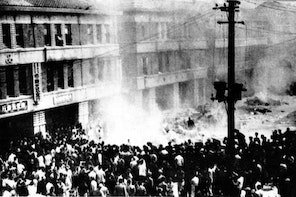
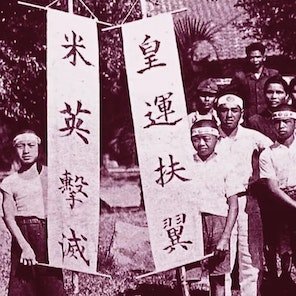
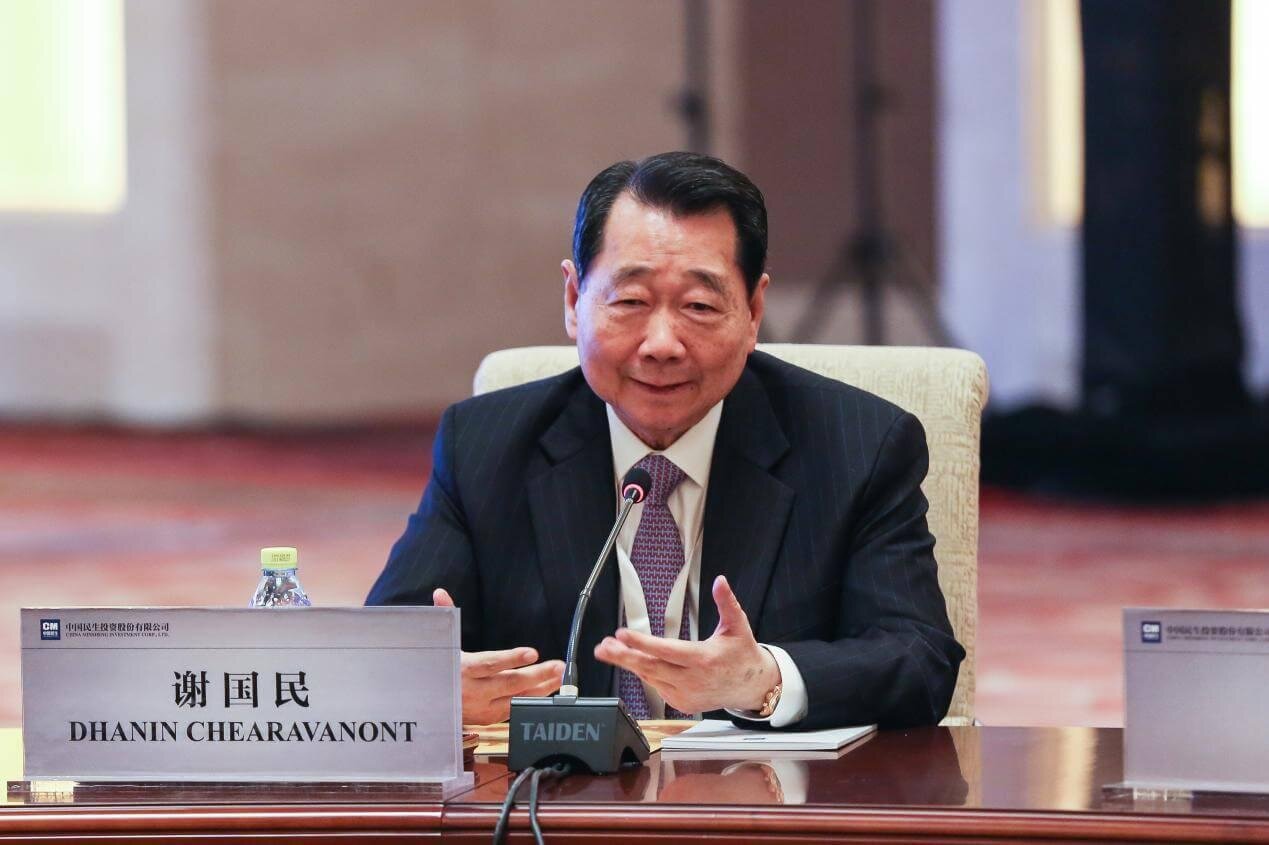
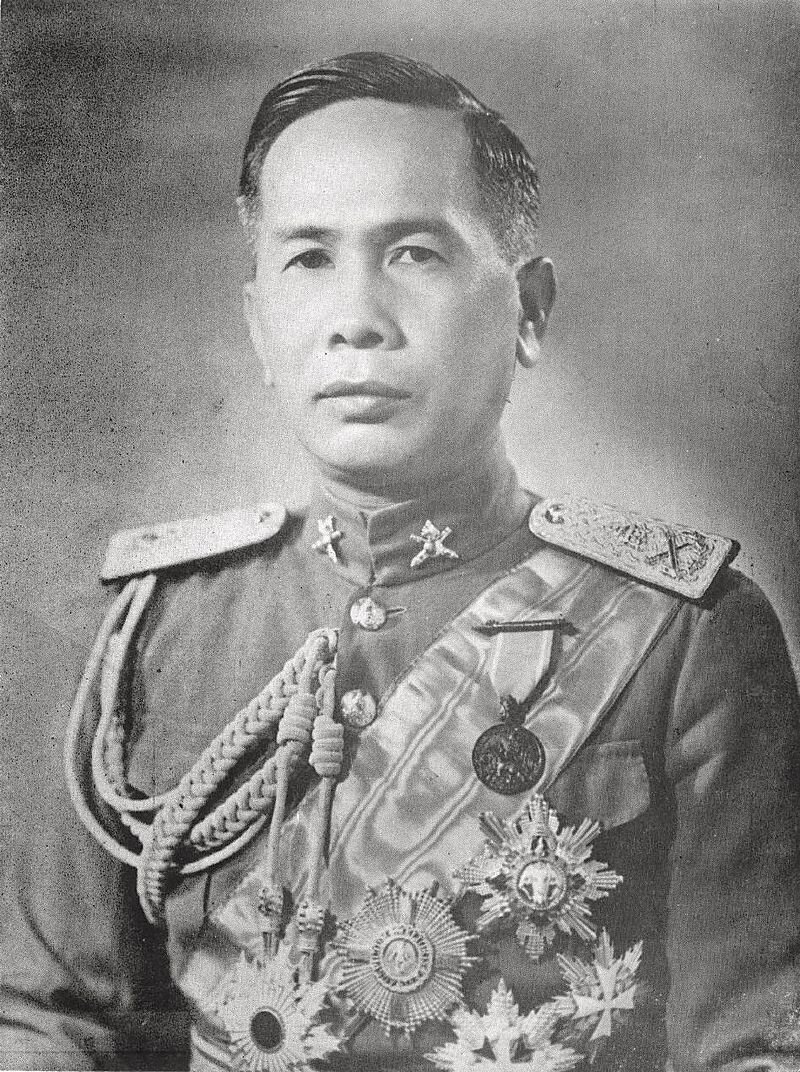
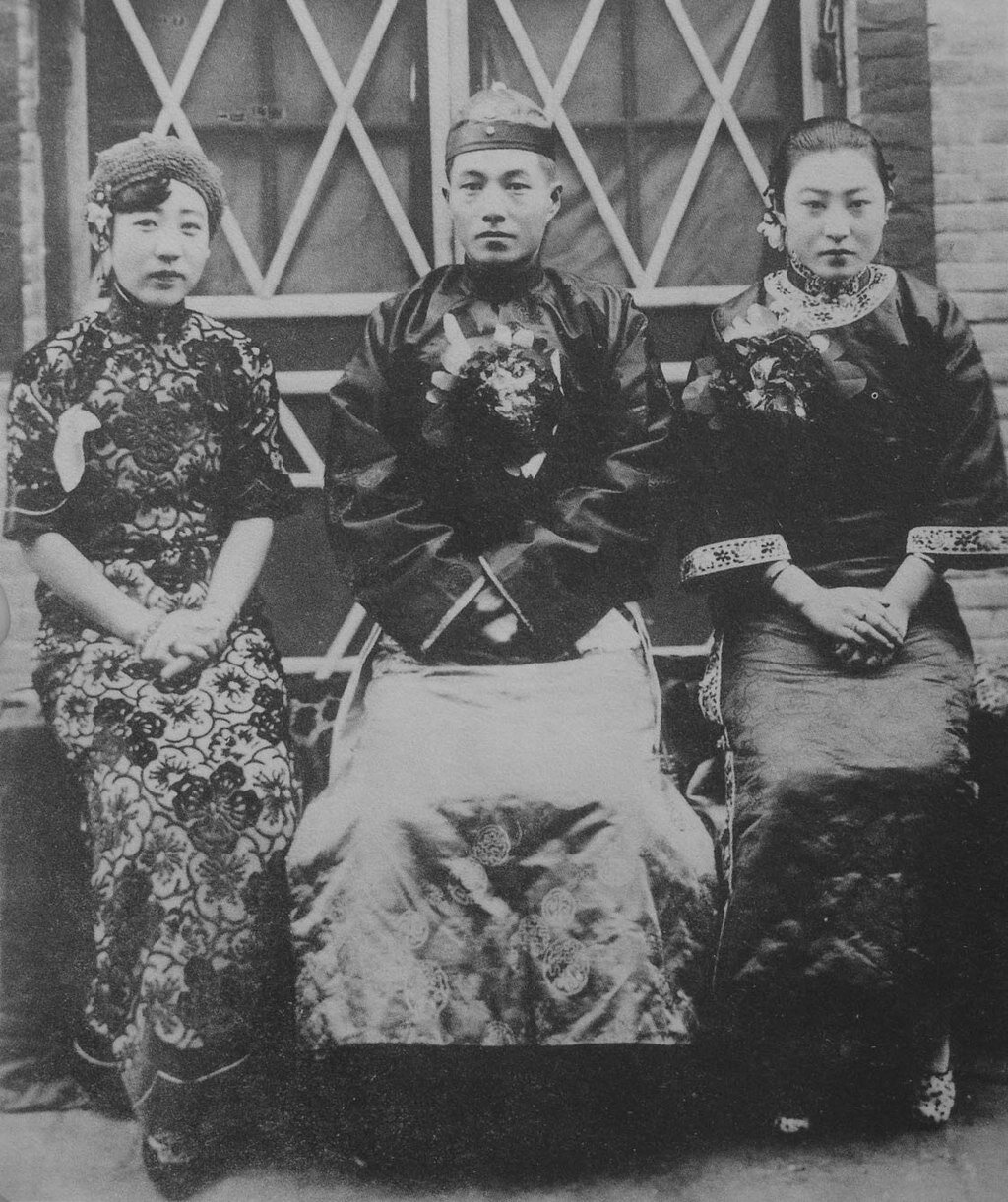
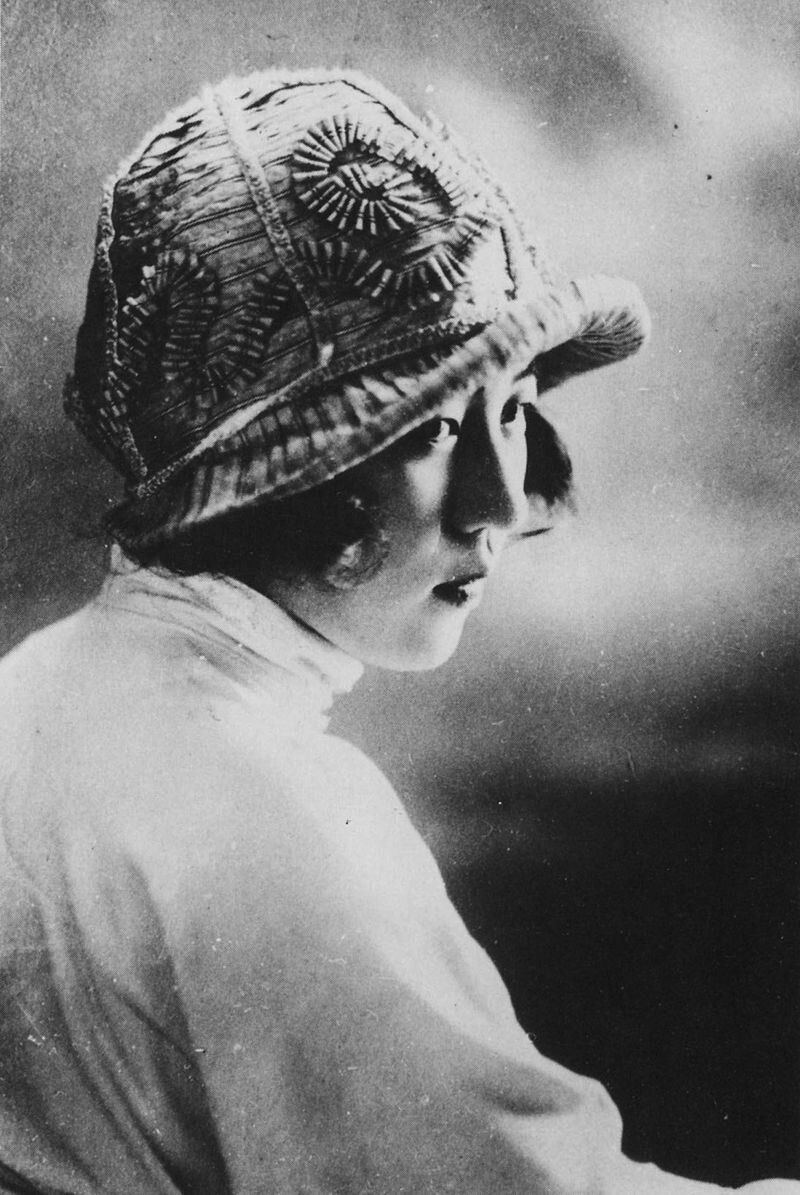
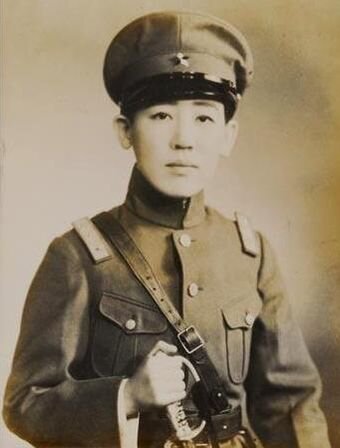
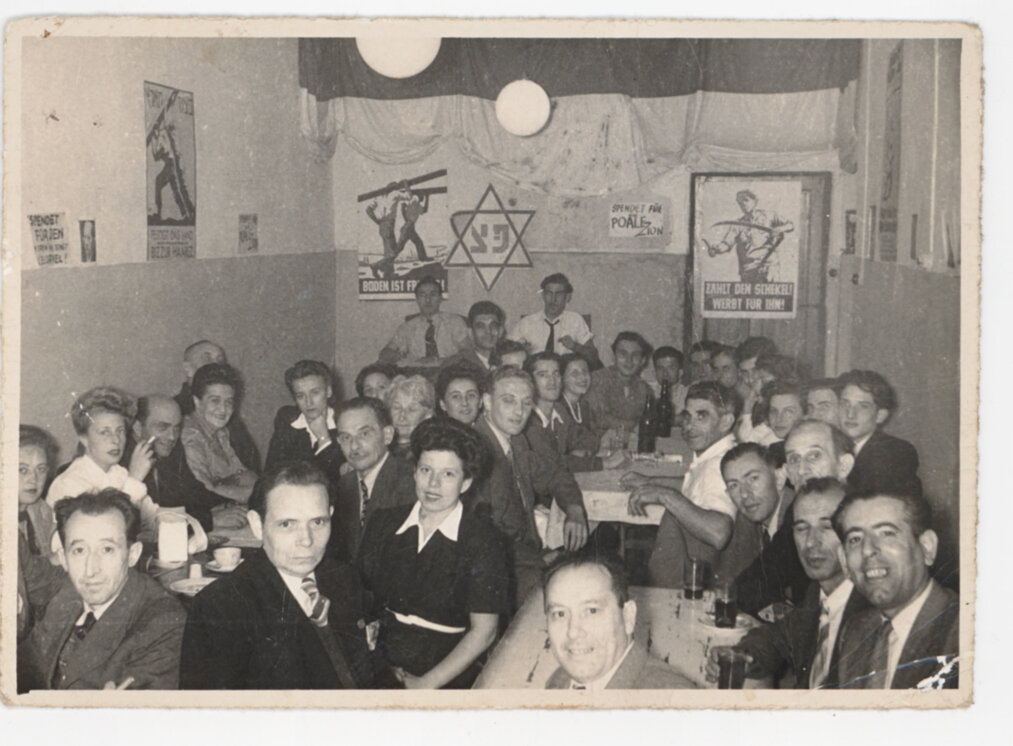
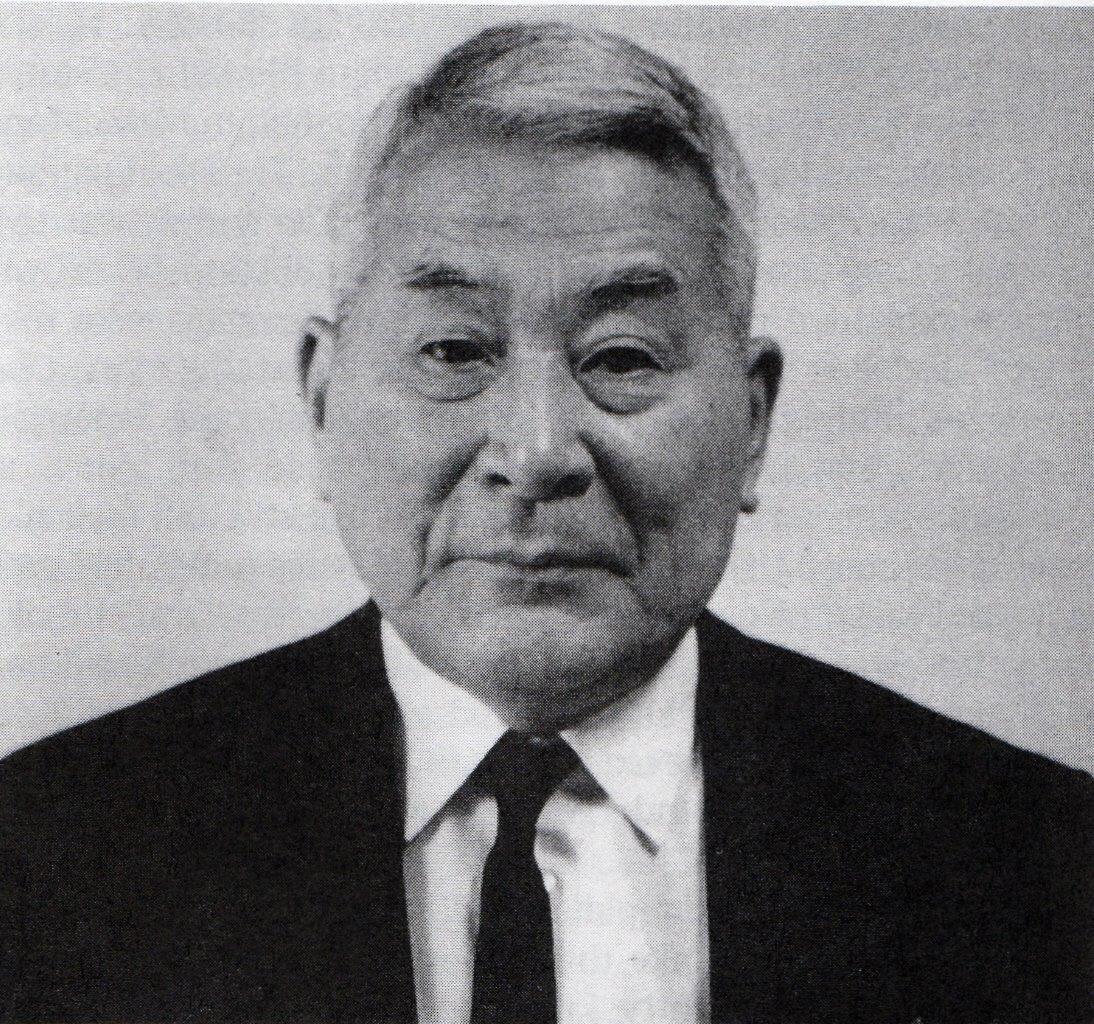
In post-228 Taiwan, extraordinary events start to happen, one after another.